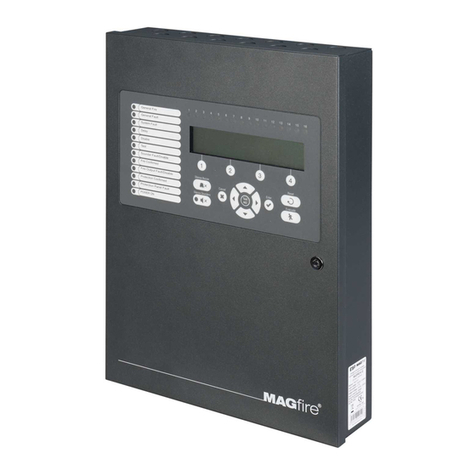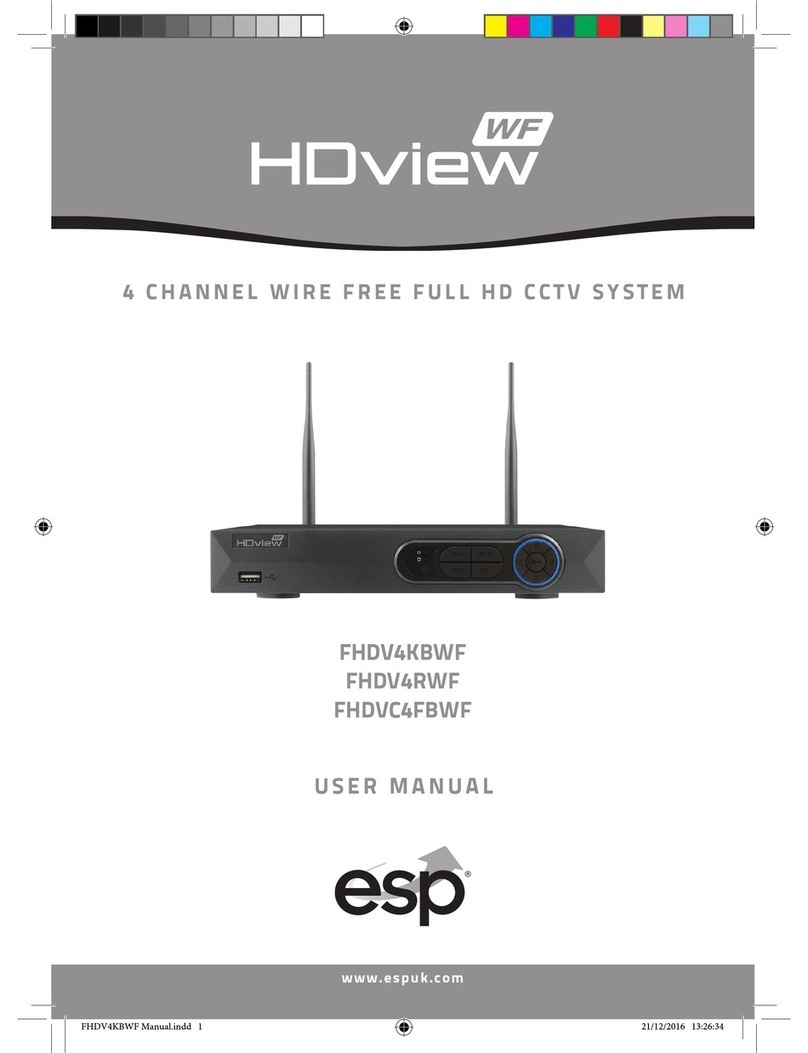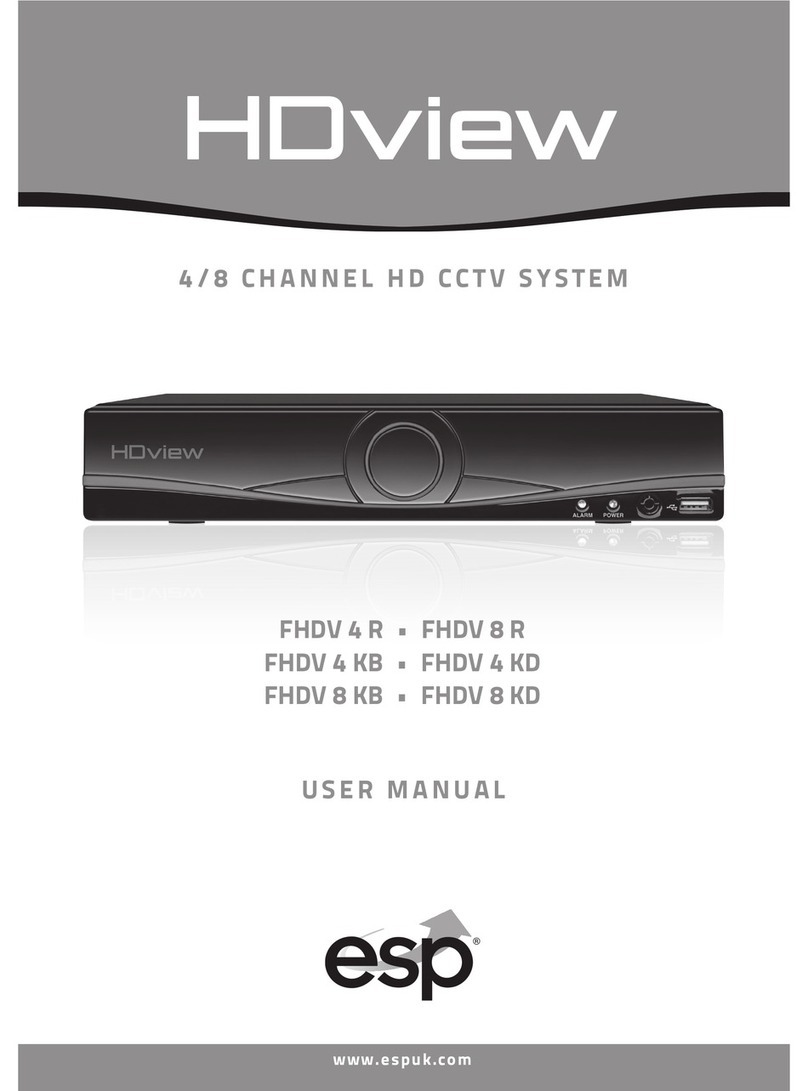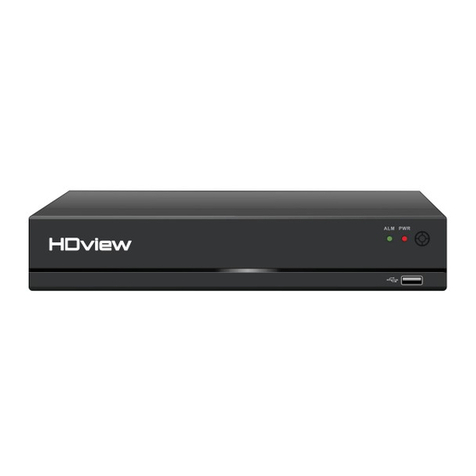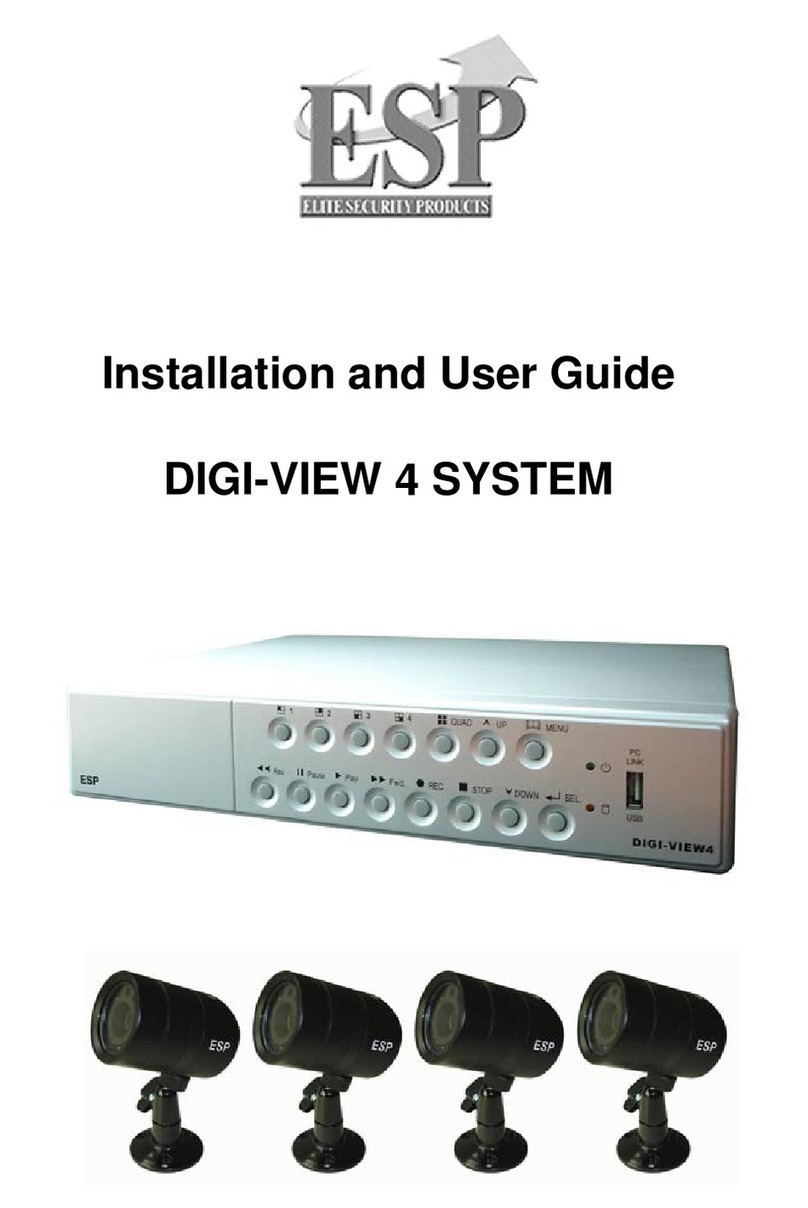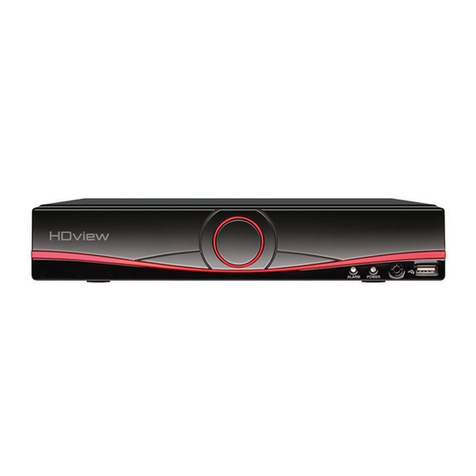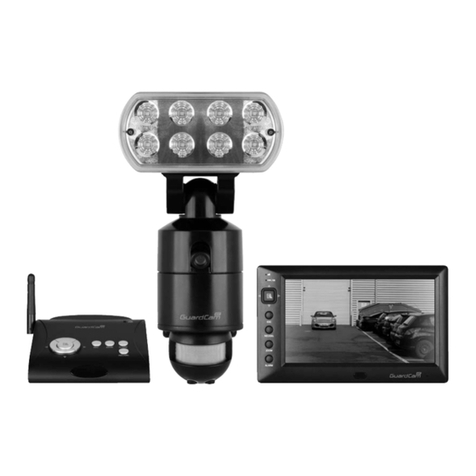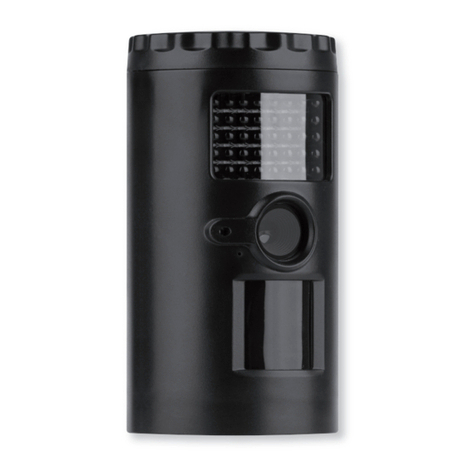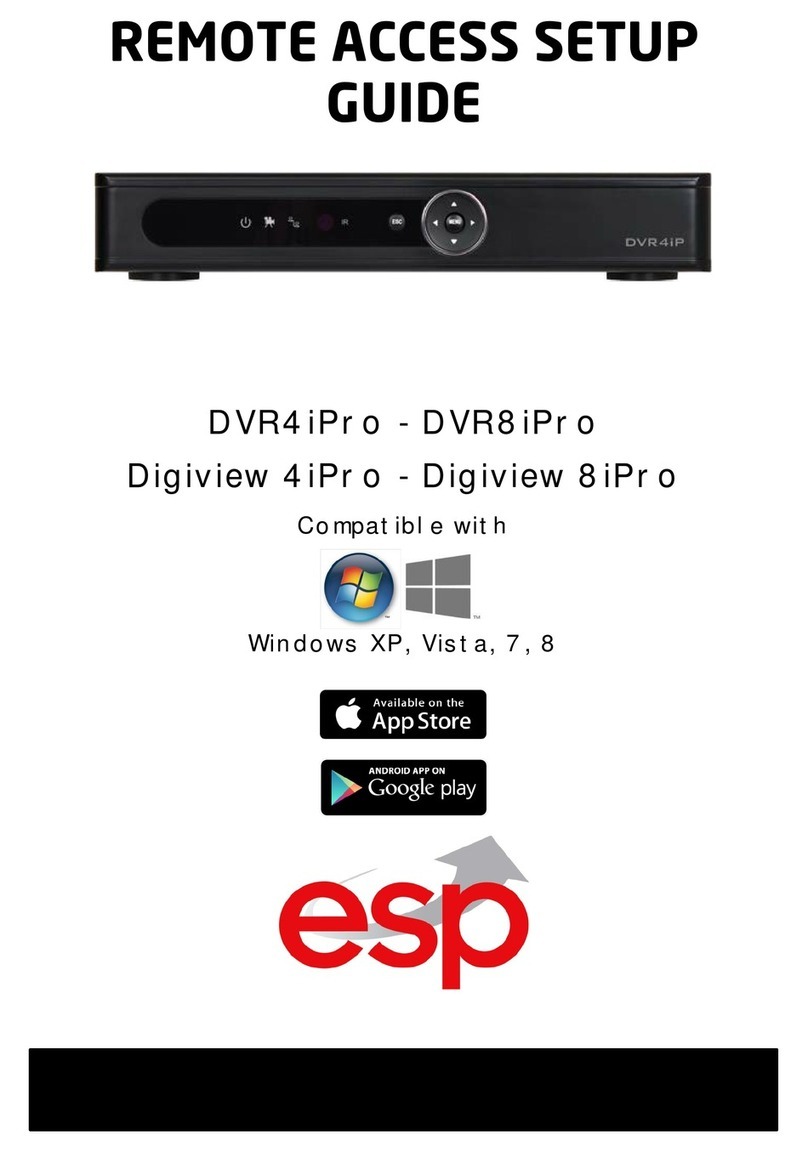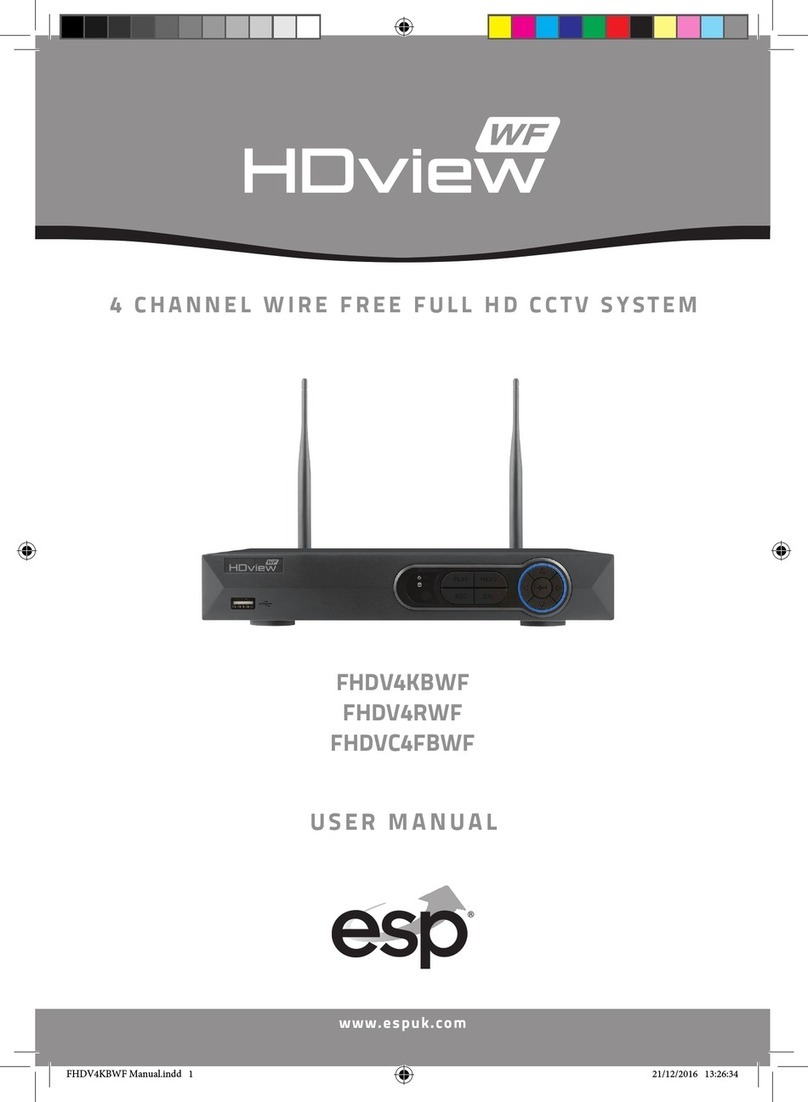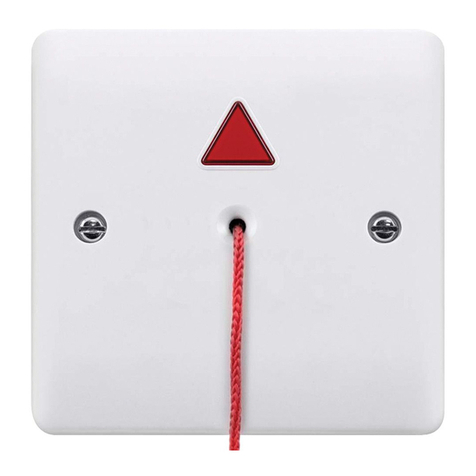
@ESPAN
ESPAN04 Series – User Manual - 1 - www.esptechno.com
Introduction
The Annunciator system ESPAN-04 series incorporate the latest microprocessor
technology to provide a versatile and flexible alarm system suitable for a wide range of
applications such as the alarm for general switchgear cubicle or local control panel of GIS,
local control cabinet of power transformer and all of control panel which need alarm function.
It indicates fault status by using special high brightness LED which can be changed by
software for 3 colors ( Red , Green , Amber ) The ESPAN - 04 series can be selected by the
number of alarm input 8,10,16 and 20 alarm which specified when order.
General Description
Optimizing an industrial installation requires automation of control and is usually
accompanied by an alarm or supervisory system of certain parameters called “fault”.
Definition of fault is expressed by the opening or closing of a contact. This information
represents any modification of a physical or mechanical parameter converted into an electrical
signal by the intermediary of a detector or sensor.
Annunciator is a device or group of devices that call attention to changes in process
conditions that have occurred. An annunciator usually calls attention to abnormal process
conditions, but may be used also to show normal process status. Annunciator usually included
sequence logic circuits, visual displays, audible devices, and manually operated pushbuttons
such as Acknowledge, Reset, Test, etc.
Annunciators can range from a single annunciator cabinet, to complex annunciator
systems with many lamp cabinets and remote logic cabinets.
Fault Detector
or sensor Alarm
Sequence
Device
Item to be
Altered
Visible Indicator
Horn/Buzze












